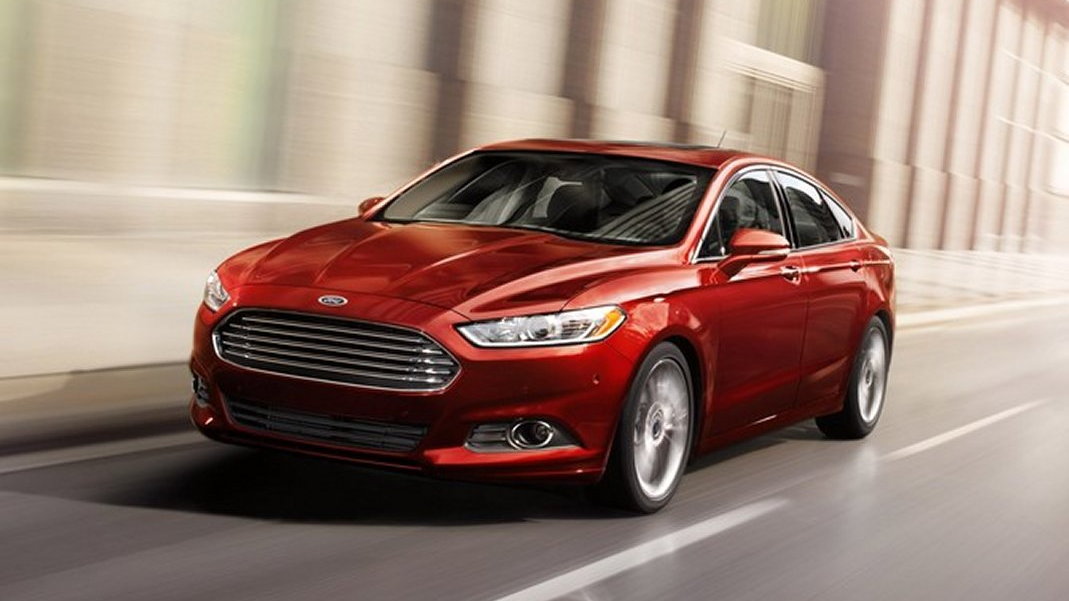ALSO SEE: Homebrewed Chinese Batmobile Tumbler Replica Proving Wise Investment
That’s why so many sports cars return better gas mileage than an uninformed observer might expect. But Ford has taken the idea of lightweight to the next level with an all-out concept build that leverages the bleeding edge of high-tech for a Fusion that weighs as much as a tiny Fiesta hatchback—or about 25 percent less than a standard Fusion.
How did Ford do it? Through extensive use of lightweight materials like carbon fiber and aluminum, lightweight plastics, and chemically strengthened glass, often in places you wouldn’t expect: aluminum brake rotors, carbon fiber wheels and oil pan, composite springs, and more.
The lightweight Fusion concept comes from the same division that created the Ford GT supercar and did the work to drop 700 pounds from the 2015 Ford F-150.
“Our goal was to investigate how to design and build a mixed-materials, lightweight vehicle that could potentially be produced in high volume, while providing the same level of safety, durability and toughness as our vehicles on the road today,” said Matt Zaluzec, Ford technical leader, Global Materials and Manufacturing Research. “There’s not a one-size-fits-all approach to light-weighting. The Lightweight Concept gives us the platform to continue to explore the right mix of materials and applications for future vehicles.”
While the car’s creators acknowledge the materials and methods used aren’t yet ready for mass production, they’re working on getting there through the use of shared architectures, new production methods, and volume.
DON'T MISS: McLaren F1 Owners Spend Two Loud & Lovely Days Together: Video
But ultimately, even with all of the necessary pieces in place, a car this light won’t be cheap—in fact, it’s likely to cost considerably more than a standard-weight car of comparable size and capability.
Will the market put its money where its mouth is when it comes to gas mileage and emissions? Ford is certainly betting that it will.
“Consumers today want better fuel efficiency, but they also want more technology and features in the car, which usually adds weight to the vehicle,” said Raj Nair, Ford group vice president, Global Product Development. “A focus on light-weighting will be fundamental to our industry for years to come, and we are investigating many advanced materials applications as possible solutions for weight reduction in our vehicles.
_______________________________________



